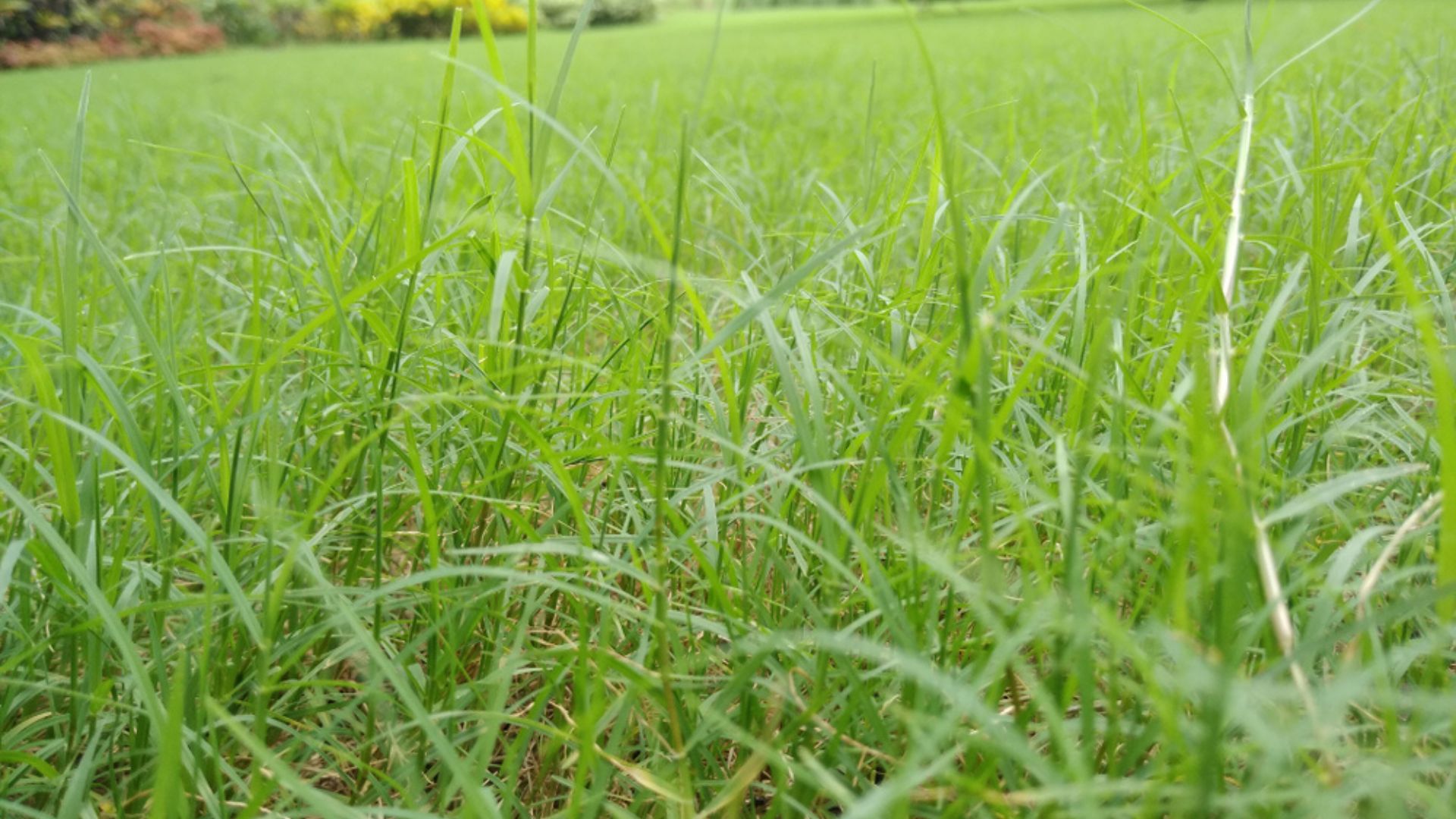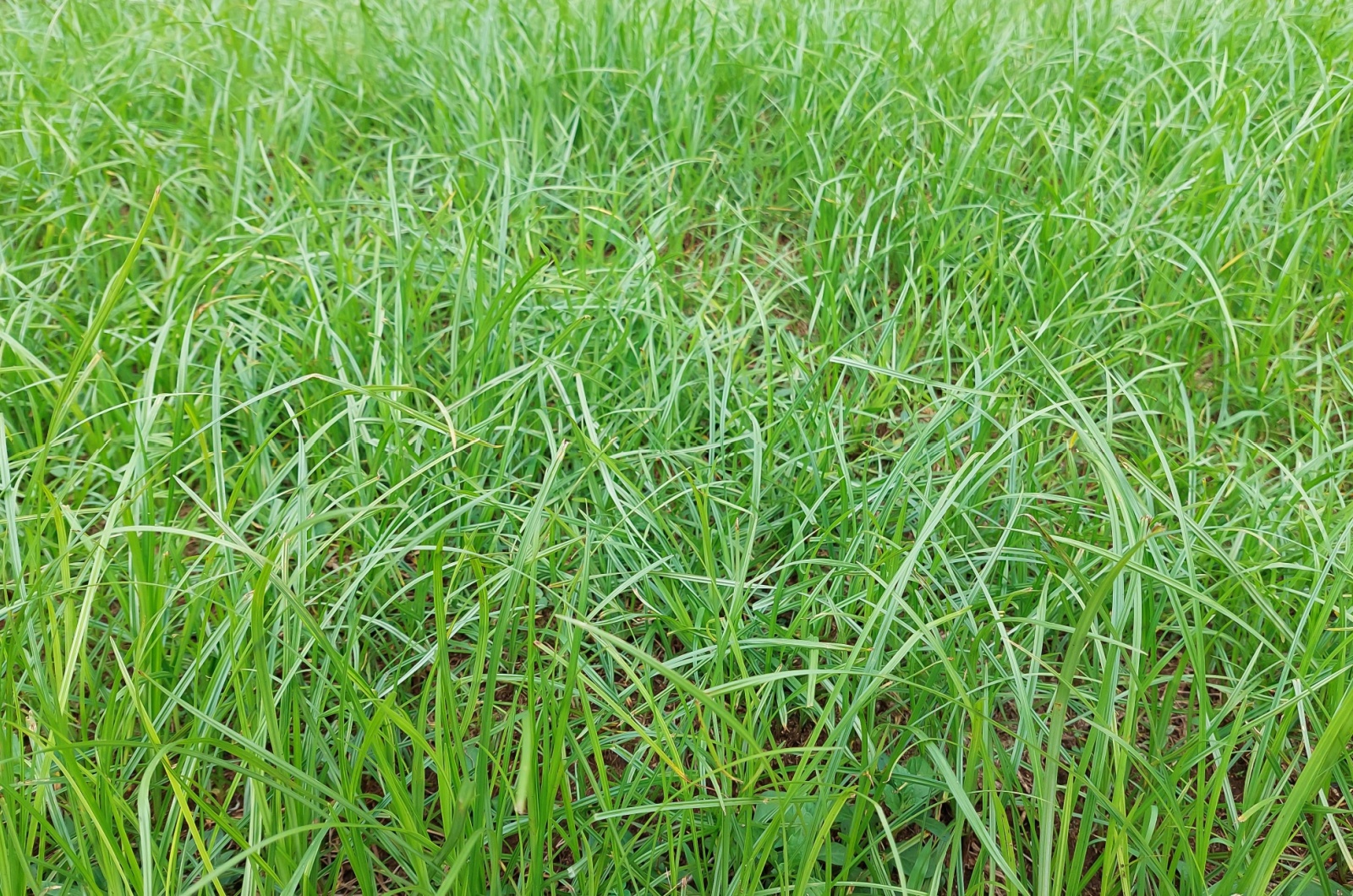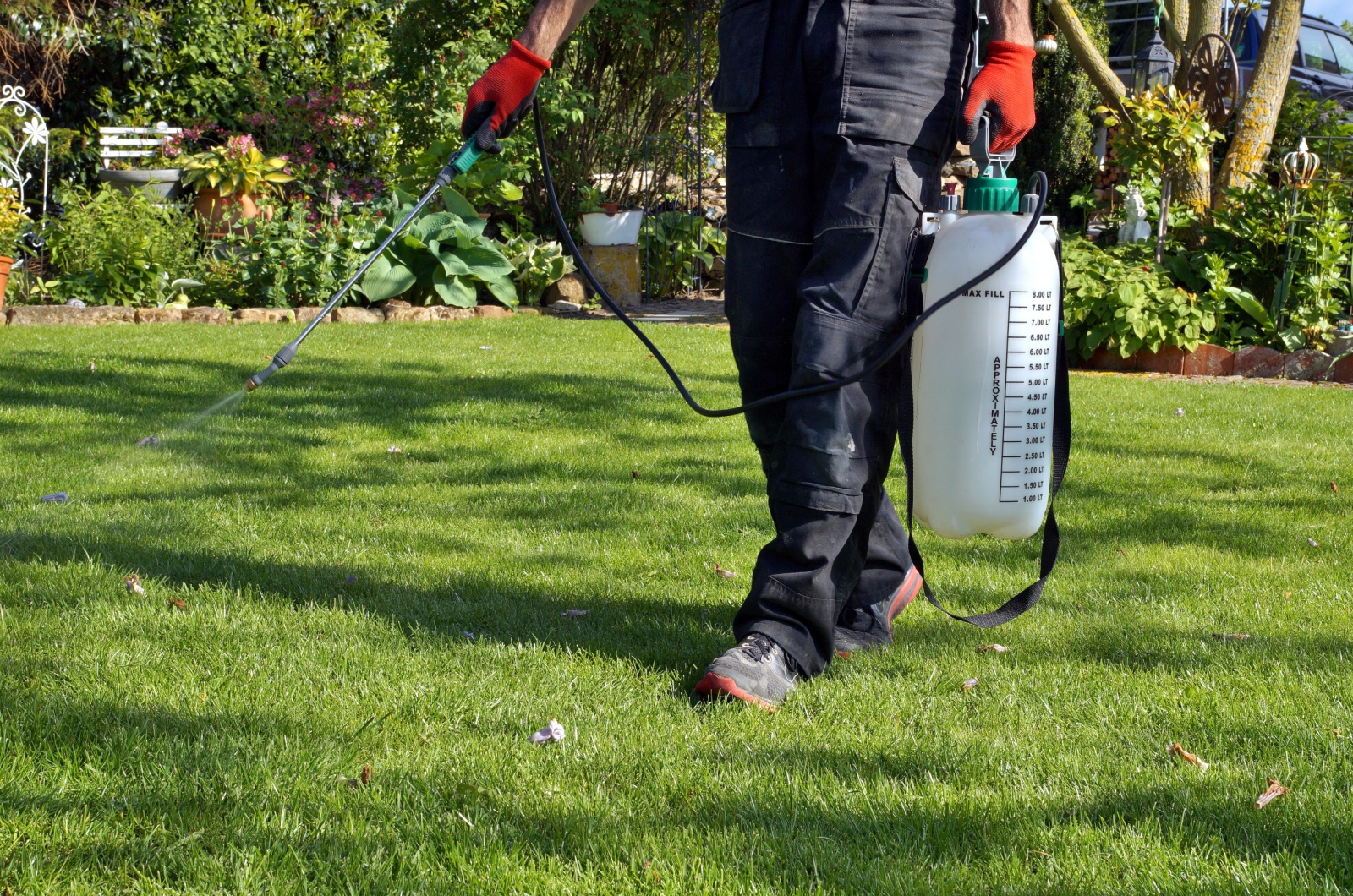The one thing I don’t like in gardening (besides dealing with pests and diseases) are sneaky weeds that are tough to get rid of.
Keeping a perfect lawn takes effort, especially with weeds. Some, like dandelions, are easy to manage, but nutsedge is a whole different beast.
If you haven’t encountered it, consider yourself lucky!
Once it settles in, it feels like a curse (just ask any frustrated homeowner). It grows from seeds, underground stems called rhizomes, and tiny tubers known as nutlets.
Due to its aggressive nature, you might think that pulling it by hand is the best way to go, but many experts advise against it because this can disturb dormant tubers and lead to even more growth.
So, how do you actually remove nutsedge weed grass from your garden?
First, Make Sure You Are Dealing With Nutsedge
Finding nutsedge in your lawn can be a bit difficult because it often looks like any other grass when it first appears. Knowing what to look for at the beginning will help you catch this sneaky weed before it takes over.
Keep in mind that nutsedge grows much faster than regular grass. If it’s mowing day and you notice some grass-like plants standing taller than the rest, it’s time to check them out (they could be nutsedge trying to blend in!).
To identify this annoying weed, watch for its bright lime green color and triangular stems. You can also pluck a blade of nutsedge and roll it between your fingers. If you feel a triangle shape, you’ve got nutsedge!
Don’t forget that it tends to grow in clusters, spreading from one stem into many blades, while regular grass grows in clumps with each blade coming straight from the soil.
Keep an eye out for these signs and outsmart this awful weed.
Related: 30 Weeds With Small Yellow Flowers And Tips To Eradicate Them
Then, Look For Specific Herbicides That’ll Destroy This Nasty Weed
Dealing with nutsedge can be tricky – you can’t just yank it out and think you’ve gotten rid of it. To make matters worse, most general herbicides won’t do the trick.
If you’re thinking about using chemicals, you’ll need to get specific. I would recommend you look for herbicides that contain sulfentrazone or halosulfuron-methyl. These are made to target sedges when applied correctly.
Make sure to spray the plants at a 45-degree angle to get the herbicide onto the leaves more effectively.
Please note that treating nutsedge isn’t a one-and-done deal. This resilient little weed often requires some follow-up care. Nutsedge loves humid and wet conditions, so it thrives in moist soil.
To fight back, water your lawn deeply but less frequently (this will encourage stronger roots). And you should also avoid evening watering, as this keeps your grass damp longer.
Remember that nothing beats good lawn care. Keeping your lawn thick and healthy through fertilization, pest control, aeration, and overseeding can help it outcompete this aggressive weed.
Keep in mind that it’s always smart to check in with local lawn care experts for a personalized weed control strategy to keep your yard looking remarkable all year round!
Also read: 15 Pesky Weeds That Can Wreak Havoc On Your Lawn During Winter



